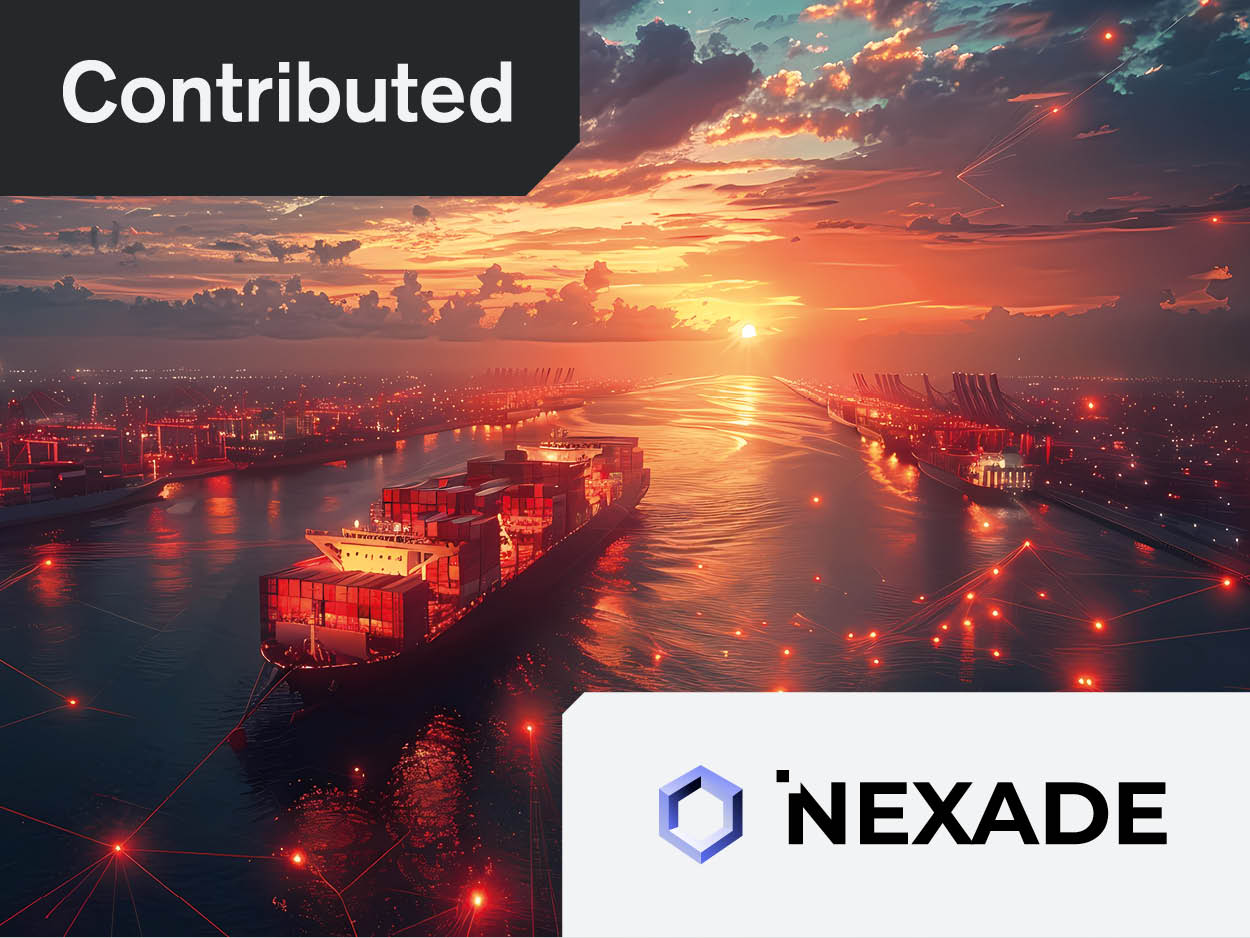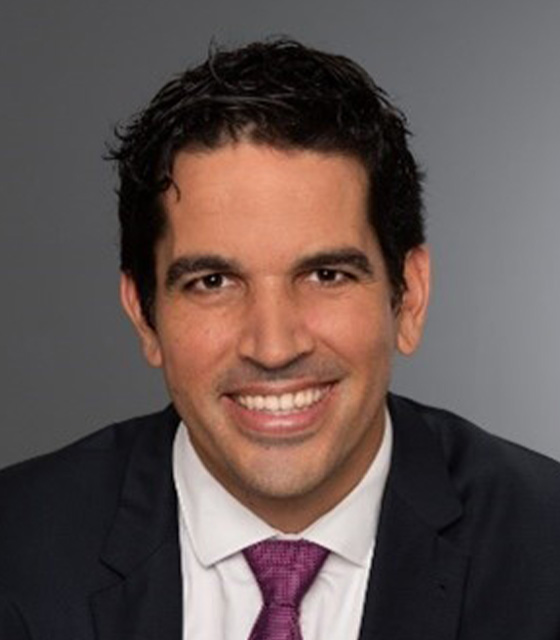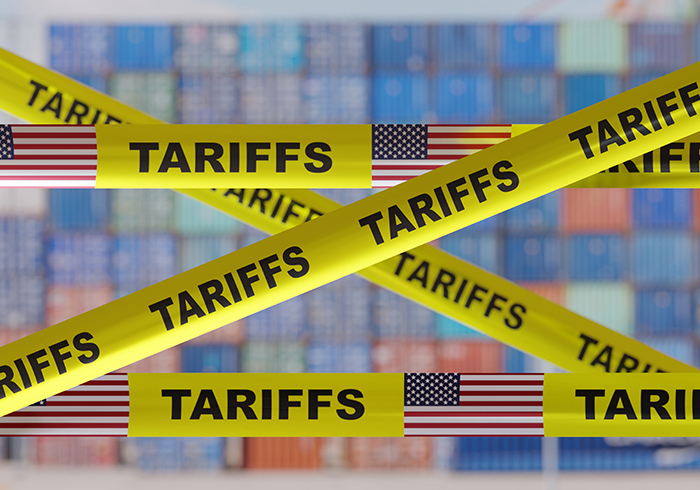In today’s volatile market, companies involved in global trade – especially SMEs – are struggling to access affordable capital. Nexade, a Web3-native protocol, uses blockchain and decentralised finance to unlock new liquidity and reduce financing costs for exporters and importers.
Global trade is increasingly under stress and adaptability is key, now more than ever. However, exporters and importers face a stark reality: liquidity is scarce, and when funding is secured, it arrives with a prohibitive cost.
The global trade finance gap has escalated to US$2.6tn, a figure spotlighted by the Asian Development Bank’s 2023 survey, leaving small and medium-sized enterprises (SMEs) – 90% of businesses worldwide – particularly vulnerable. For these firms, the high cost of capital threatens survival amid geopolitical tensions and supply chain volatility.
Web3 technology offers hope through a decentralised finance (DeFi) ecosystem that could potentially help bridge the trade finance gap by bringing trade assets on-chain.
Leading this innovation is Nexade, an RWA protocol under the Incomlend Group, which digitises and groups trade receivables into tokenised pools, revolutionising access to affordable capital.
The cost crisis: A threat to survival
The trade finance sector has undergone a seismic shift. Banks, constrained by Basel III regulations, have redirected lending toward large corporates, sidelining SMEs and widening the trade finance gap. This shortfall stifles economic growth and job creation, as noted in the 2023 ADB report.
When financing is available, the cost is staggering. Traditional bank loans for SMEs range from 5-7%, but fintech lenders charge 12-20% – two to three times higher, per industry analyses. Many fintechs rely on costly institutional credit lines, passing burdens onto borrowers, especially in emerging markets like Africa and Latin America. Alternative finance platforms, despite competing with banks for capital, remain bound by similar risk-reward constraints, offering speed without affordability. In an inflationary 2025, with rate uncertainty persisting, these rates erode margins, pushing exporters and importers worldwide to the brink.
Web3: A new funding frontier
Web3 introduces a DeFi ecosystem that could potentially help bridge the trade finance gap by bringing trade assets on-chain, offering a radical departure from traditional models.
Nexade, built on Incomlend’s decade-long expertise and over US$1bn in financed receivables across 50 countries, has executed US$40mn in proof-of-concept transactions since its launch. This platform digitises trade receivables and groups them into tokenised pools, unlocking a global reservoir of digital capital.
In a year where the IMF forecasts global growth at a modest 2.6% amid geopolitical tensions – exacerbated by tariff disputes and supply chain disruptions – this innovation provides a critical lifeline.
Unlike the centralised banking system, Nexade taps into decentralised liquidity, connecting businesses with investors across continents, from Asia to Europe, in a way traditional finance struggles to match.
Nexade lowers the cost of capital by giving businesses digital assets alongside funding – helping offset fees, earn rewards and bridge the gap between borrower costs and investor returns.
Reducing the cost of capital: A game-changer
The true innovation lies in lowering the cost of capital, a persistent pain point for trade-dependent firms. In traditional finance, borrowing costs rise with lender return demands, amplified by the Federal Reserve’s 2024 rate hikes.
Nexade disrupts this cycle. Businesses add receivables to Nexade’s tokenised pools, receiving funding from digital asset liquidity pools. Subsequently, businesses receive digital assets alongside funding. These assets can be used to offset platform fees, earn rewards, or be staked for liquidity – which is like a time deposit in traditional finance. These instruments allow for bridging the gap between borrowers’ expected cost (for example, 8%) and investors’ yield (for example, 12%), with digital assets filling the differential.
For investors, returns extend beyond 8-11% interest, per Morgan Stanley 2024 data, to include token appreciation or staking yields, easing pressure on businesses to pay exorbitant rates.
Incomlend’s Nexade integration ensures transparency through smart contracts, cutting operational costs. Traditional trade finance processing can cost 1-2% per transaction, while Nexade reduces this to under 0.5%.
The data behind the shift
The ADB’s 2023 survey reveals 45% of SME trade finance applications are rejected, a trend worsened by inflation and rates, per the World Economic Forum’s 2025 outlook.
Nexade counters this, slashing intermediary costs from 1-2% to under 0.5%. With US$358bn in global debt servicing costs in 2024 (ONE Data), this efficiency is vital. Nexade’s US$40mn proofs-of-concept signal scalability, addressing the US$2.6tn gap.
Challenges and critical perspective
Web3’s adoption faces hurdles. Technical complexity, such as integrating legacy systems, and regulatory uncertainty – for example, varying token laws – pose challenges. Limited market education leaves many businesses unaware of benefits, while the need to break blockchain silos hinders interoperability.
Security breaches, like zkSync’s US$5mn loss in April 2025, underscore risks, though Nexade mitigates with Incomlend’s framework.
Volatility persists, but the potential for cost savings and access outweighs these obstacles as the ecosystem matures.
About Nexade
Nexade is an RWA protocol by the Incomlend Group that connects trade receivables with blockchain liquidity, bridging TradFi with Defi. It enables stable yields for investors and affordable funding for global businesses. Backed by Incomlend’s US$1bn-plus trade finance track record, Nexade bridges Web2 assets with Web3 capital for a more inclusive trade finance future.







